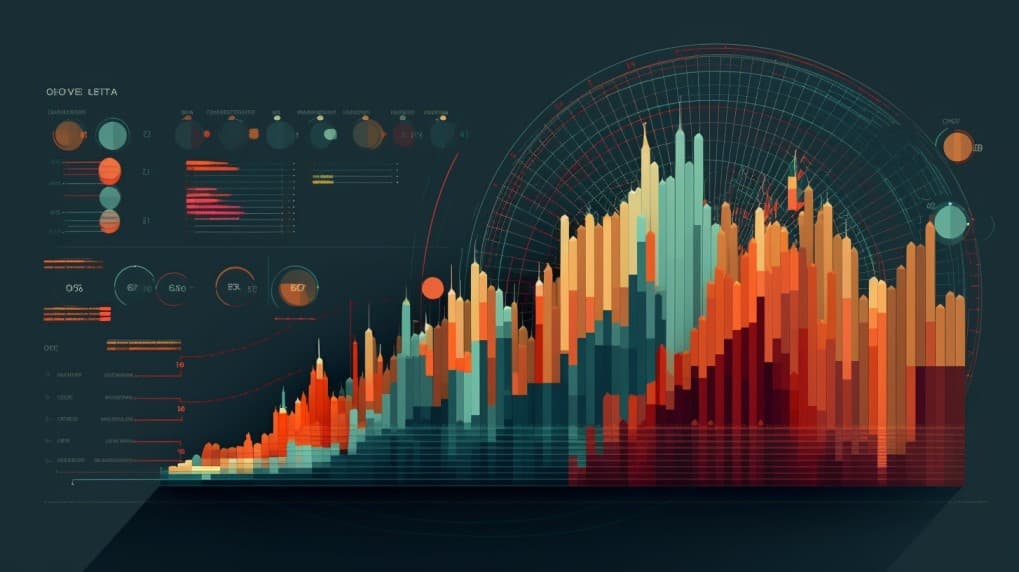
AIA VS GMF: A Comparison of ETFs
Exchange-Traded Funds (ETFs) have revolutionized the investment world, offering diversified exposure across various sectors and asset classes. In this article, we will dive into a comprehensive comparison between two popular ETFs: AIA (iShares Asia 50 ETF) and GMF (SPDR S&P Emerging Asia Pacific ETF). We'll examine various aspects including the tickers, full names, issuers, sectors, top holdings, capitalization, strategy, tracking, and exposure.
AIA VS GMF: Overview
AIA and GMF are two ETFs that provide investors with exposure to the dynamic and growing markets of Asia. While AIA focuses on the top 50 companies from developed and emerging Asian markets, GMF offers exposure to emerging markets in the Asia Pacific region. This difference in focus results in distinct exposures and potential returns, which we will explore in the following sections.
AIA VS GMF: Sectors and Top Holdings
The AIA ETF is designed to track the performance of sectors such as Financials, Technology, and Consumer Discretionary within the Asian market. Its top holdings include companies like Alibaba Group Holding, Samsung Electronics, and Tencent Holdings. On the other hand, GMF provides exposure to sectors like Financials, Industrials, and Consumer Discretionary, with top holdings such as Alibaba Group Holding, Tencent Holdings, and Taiwan Semiconductor Manufacturing. Understanding the sectors and top holdings can help investors gauge the economic landscape and potential growth prospects.
 AIA overlap AIA VS GMF: A Comprehensive Comparison of ETFs
AIA overlap AIA VS GMF: A Comprehensive Comparison of ETFs
AIA VS GMF: Capitalization and Strategy
AIA has a substantial asset under management (AUM), reflecting its popularity among investors seeking broad exposure to Asian markets. GMF's strategy focuses on providing exposure to emerging markets in the Asia Pacific region, which can offer higher growth potential but also comes with increased volatility. The difference in capitalization and strategy between the two ETFs presents investors with varying levels of risk and reward.
AIA VS GMF: Tracking and Exposure
AIA's goal is to provide investors with exposure to the performance of established and emerging Asian companies. It tracks the S&P Asia 50 Index, which includes well-established firms. On the other hand, GMF aims to capture the performance of emerging markets within the Asia Pacific region and tracks the S&P Asia Pacific Emerging BMI Index. Understanding the tracking methodologies and geographical exposure of these ETFs helps investors align their investments with their market outlook.
Conclusion
AIA and GMF are distinctive ETFs, each offering exposure to the diverse and rapidly evolving markets of Asia. For investors seeking insights into holdings, correlations, overlaps, and other key metrics, ETF insider is an invaluable tool. With its user-friendly app, it provides comprehensive information on these and other financial instruments, aiding investors in making well-informed decisions.
Disclaimer: This article does not provide any investment advisory services.
Sources:
AIA ETF issuer
AIA ETF official page
AIA quote and analysis
Discover the top holdings, correlations, and overlaps of ETFs using our visualization tool.
Our app allows you to build and track your portfolio.
To learn more about the AIA iShares Asia 50 ETF, access our dedicated page now.